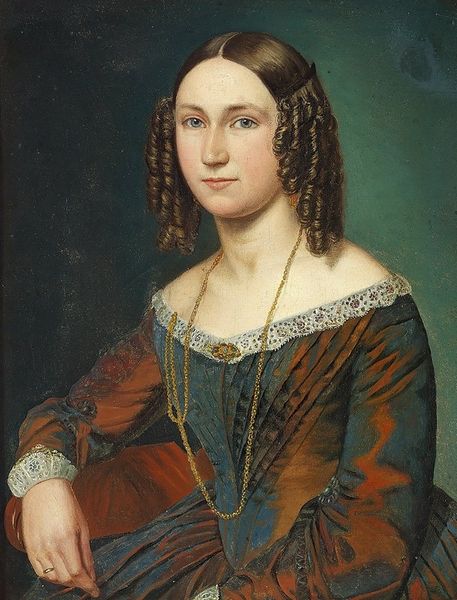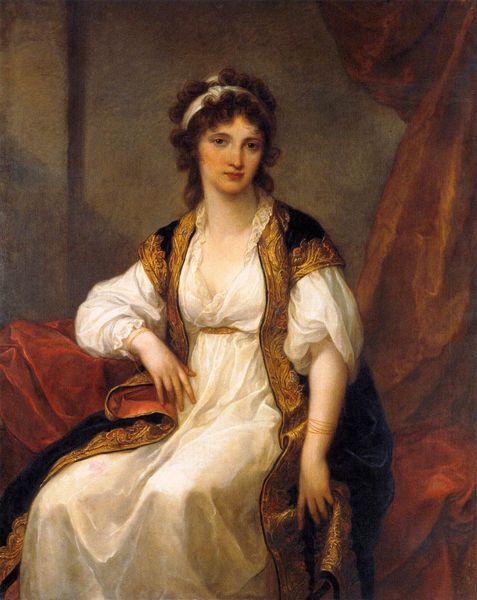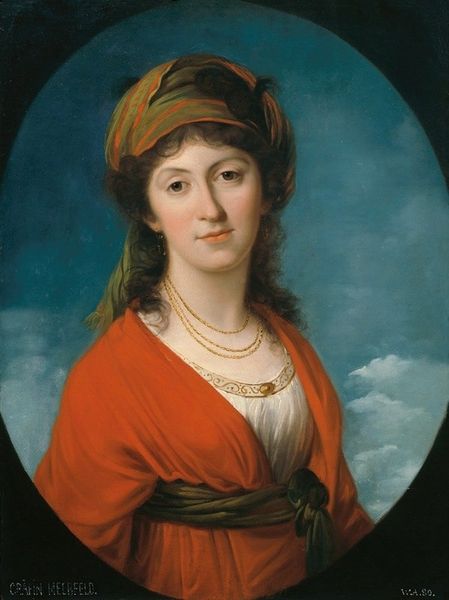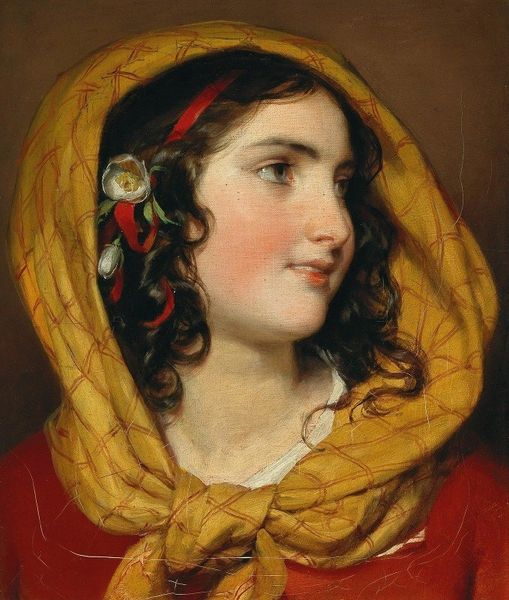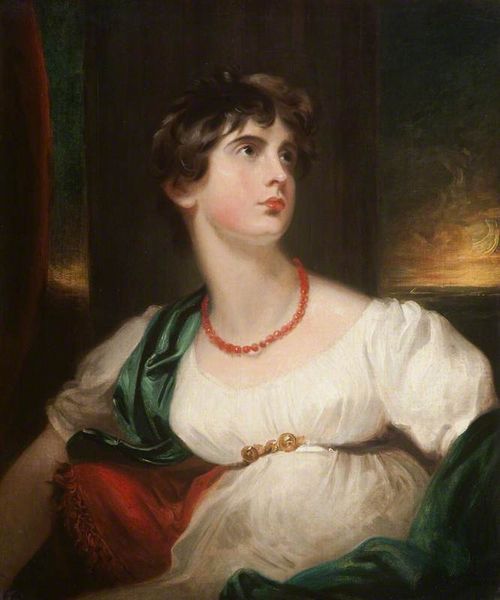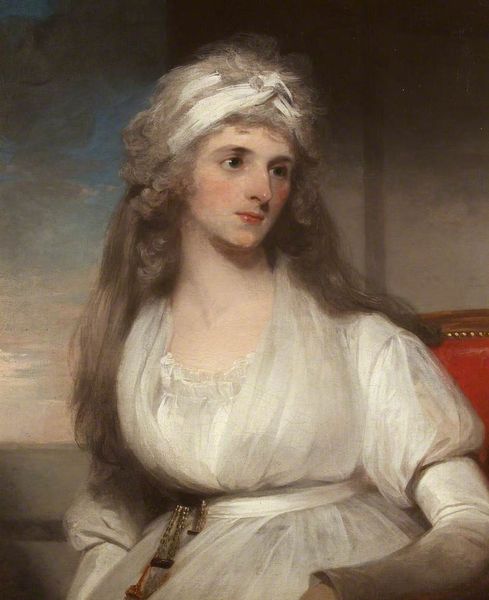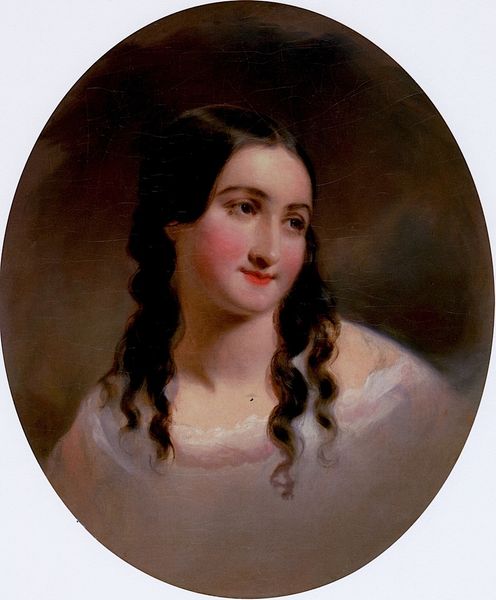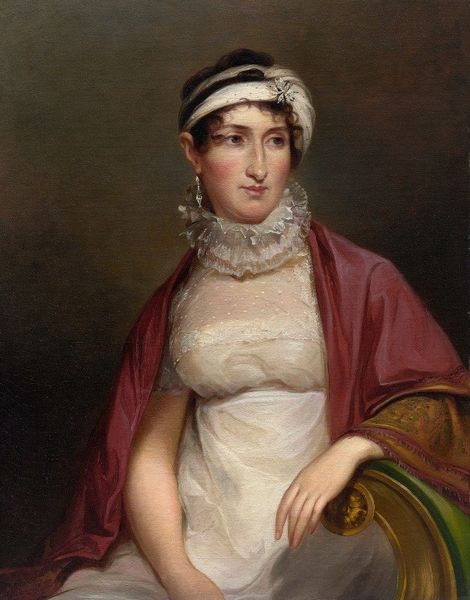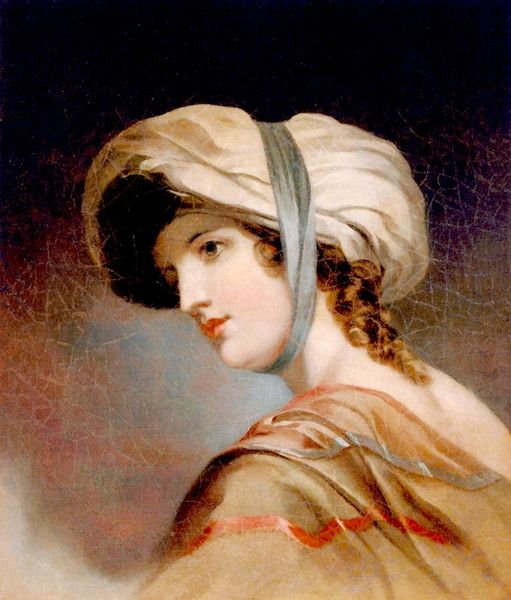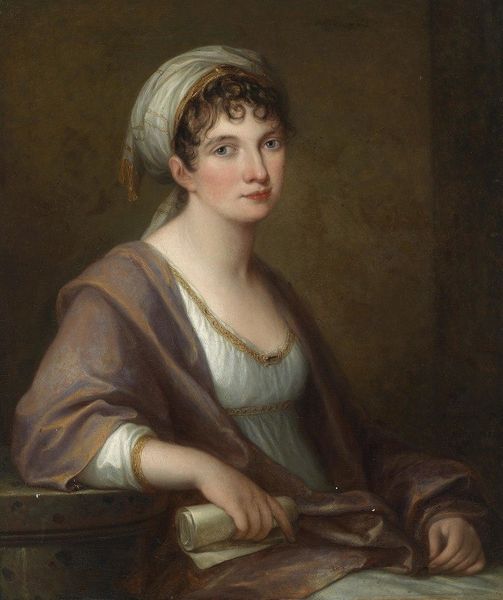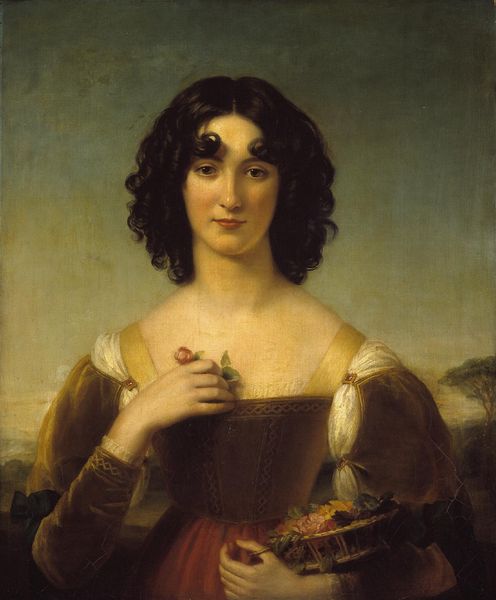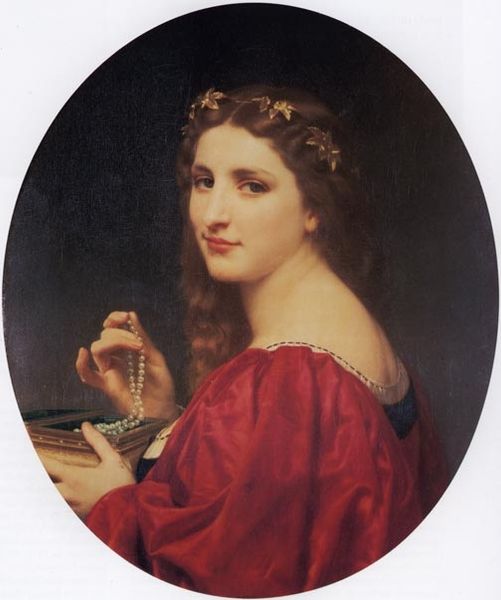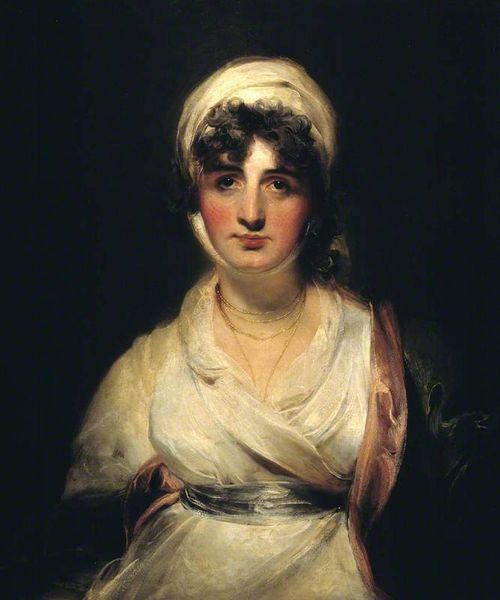
Dimensions: support: 635 x 508 mm
Copyright: CC-BY-NC-ND 4.0 DEED, Photo: Tate
Editor: This is Sir Charles Lock Eastlake’s "Haidée, a Greek Girl," housed at the Tate. I’m struck by how Eastlake exoticizes her with the ornate headpiece and gold jewelry. What can you tell me about the image of the "Greek Girl" in the 19th century? Curator: It's crucial to recognize the power dynamics at play. Eastlake, as a prominent figure in the British art establishment, contributed to a visual culture where the East, particularly Greece, was often romanticized and idealized. How do you think this impacted perceptions of Greek identity at the time? Editor: It probably perpetuated stereotypes, reducing a complex culture to a simplified, palatable image for Western audiences. I hadn’t fully considered the politics of it. Curator: Precisely. By understanding these power dynamics, we gain a more nuanced appreciation of the painting's place within the broader social and political landscape of the time.
Comments
tate 7 months ago
⋮
http://www.tate.org.uk/art/artworks/eastlake-haidee-a-greek-girl-n00398
Join the conversation
Join millions of artists and users on Artera today and experience the ultimate creative platform.
tate 7 months ago
⋮
Painted in Rome - where Turner could have seen it in Eastlake's studio - this is a realisation of the beautiful island-dweller in Byron's controversial and sensual poem 'Don Juan'. Haidée personifies the philhellenic spirit of the times and a northerner's yearning for the warmth and freedom of the South or the exotic East. This picture is a striking image of a Byronic type, and was considered by the Duke of Wellington to be the best exhibit in the Royal Academy in 1831. Gallery label, May 1992
